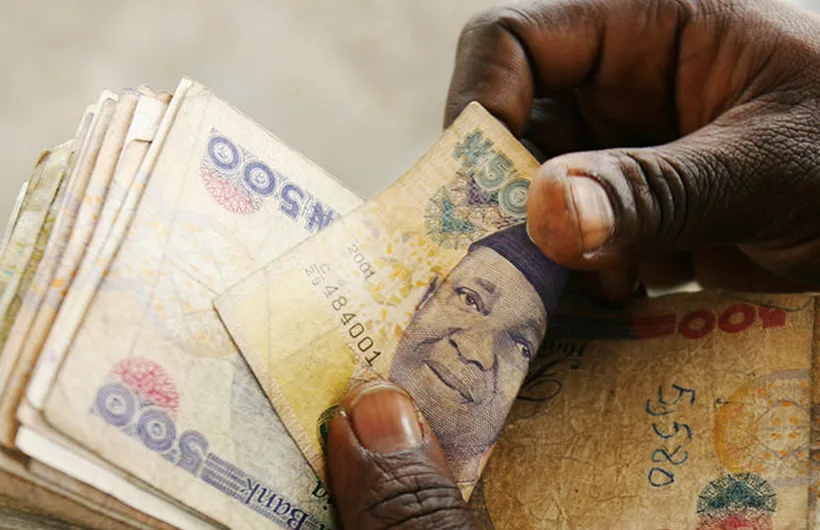The naira recorded a marginal gain against the dollar in August, supported by a boost in Nigeria’s external reserves and rising foreign exchange inflows from foreign portfolio investors (FPIs) and diaspora remittances.
The local currency closed the month at N1,531.57 in the official foreign exchange (FX) market, reflecting improved liquidity conditions.
By the end of the month, the naira appreciated slightly by 0.14 per cent as the dollar was quoted at N1,531.57 on Friday, the last trading day of the month, compared to N1,533.74 quoted on August 1, 2025, at the Nigerian Foreign Exchange Market (NFEM), according to data from the Central Bank of Nigeria (CBN).
On a day-to-day basis, the naira strengthened by 0.3 per cent or N3.9, moving from N1,535.45 on Thursday to N1,531.57 at the NFEM on Friday.
In the parallel market, also known as the black market, the local currency ended the month with a 0.8 percent gain, trading at N1,542 per dollar on Friday compared to N1,555 at the beginning of August.
Nigeria’s external reserves, which provide the CBN with the firepower to support the naira, rose to $41.26 billion, reflecting an increase of $1.72 billion or 4.35 per cent from $39.54 billion recorded on August 1, 2025.
Olayemi Cardoso, governor of the CBN, said diaspora remittances surged by 200 percent to $600 million in the past two months, giving Nigeria’s foreign exchange profile a major boost.
Speaking at the Delta State-Brazil Business and Investment Roundtable on Thursday in Sao Paulo, Brazil, he noted that monthly remittance inflows grew from about $200 million to $600 million in two months, with projections to reach at least $1 billion by next year.
He explained that stronger exchange rates and improved remittance channels mean Nigerians abroad no longer need alternative routes to send money home. According to him, rising diaspora flows are diversifying Nigeria’s foreign exchange portfolio and reducing reliance on oil revenues.
“Our exchange rate is becoming a lot more competitive. And those who used to feel, especially the diasporans, who thought they had to look for another channel to send money back home, no longer have to do so. When we started looking at diaspora flows as a potential source of diversifying our foreign exchange inflows, people laughed. We began at about $200 million every month. In the last two months, the last count showed $600 million per month. And by next year, we anticipate at least $1 billion from our diaspora folks at home. These flows are helping to diversify our foreign exchange portfolio,” Cardoso said.
FX inflows into the country rose 24 percent month-on-month in July 2025, regaining momentum and signalling improved investor sentiment, as non-bank corporates overtook FPIs for two consecutive weeks, according to FMDQ data.
A recent report by FBNQuest indicated that total inflows climbed to about $3.8 billion in July, up from $3.1 billion in June. Despite the improvement, inflows remain significantly below the $6.7 billion peak recorded in May, underlining continued volatility in FX liquidity.
FPIs still accounted for the single largest share of inflows overall, contributing around 45 per cent of July’s total. Offshore investor inflows rose to $1.7 billion from $1.5 billion in June, reflecting tentative foreign investor interest amid favourable carry trade dynamics and relatively stable global macro conditions.





